Every ukulele player has their own unique style and sound, but what if you could take it a step further and create a signature sound that sets you apart from the rest? Customizing your ukulele allows you to tailor your instrument to suit your individual preferences and playing style, resulting in a truly one-of-a-kind sound that reflects your personality and musical identity. In this guide, we'll explore some customization tips and techniques for ukulele players looking to craft their signature sound and elevate their playing experience to new heights.
1. Experiment with Different Strings
The type of strings you use can have a significant impact on the tone and playability of your ukulele. Experiment with different string materials, gauges, and brands to find the perfect combination that suits your style and preferences. Nylon strings produce a warm, mellow tone, while fluorocarbon strings offer brighter, more articulate highs. Try mixing and matching string sets to achieve a unique sound that's all your own.
2. Customize Your Nut and Saddle
The nut and saddle play a crucial role in the intonation and playability of your ukulele. Customizing these components allows you to fine-tune your instrument's action and tone to your liking. Consider upgrading to a bone or synthetic material nut and saddle for improved sustain, tone, and overall resonance. Experiment with different materials and saddle heights to achieve the perfect balance of playability and tone.
3. Install a Pickup
Adding a pickup to your ukulele allows you to amplify your sound and perform in a variety of settings, from intimate acoustic gigs to large concert venues. Choose a pickup that's compatible with your ukulele's size and construction, such as an under-saddle piezo pickup or a soundboard transducer. Install the pickup professionally to ensure optimal sound quality and feedback resistance.
4. Explore Effects Pedals
Effects pedals are a fun and creative way to customize your ukulele's sound and add depth and texture to your playing. Experiment with pedals such as reverb, delay, chorus, and overdrive to create unique sonic landscapes and atmospheres. Use effects sparingly and tastefully to enhance your playing without overpowering your ukulele's natural tone.
5. Personalize Your Appearance
Customizing the appearance of your ukulele is another way to make it uniquely yours. Consider adding decorative inlays, custom paint or finish, or engraved pickguards to reflect your personality and style as a musician. Whether you prefer a sleek and modern look or a vintage-inspired design, there are endless customization options to explore.
6. Experiment with Alternate Tunings
Exploring alternate tunings is a great way to unlock new sounds and possibilities on your ukulele. Experiment with tunings such as open tunings, slack key tunings, or low-G tunings to discover unique chord voicings, harmonies, and textures. Get creative and see where different tunings take you musically.
Conclusion
Customizing your ukulele allows you to tailor your instrument to suit your individual preferences and playing style, resulting in a signature sound that's uniquely yours. Whether you're experimenting with different strings, installing a pickup, exploring effects pedals, or personalizing your appearance, there are endless customization options to explore. So, unleash your creativity, experiment with different techniques, and craft a signature sound that reflects your musical identity and sets you apart from the rest!
By incorporating these customization tips into your ukulele playing, you'll be well on your way to crafting a signature sound that's uniquely yours. Happy strumming!


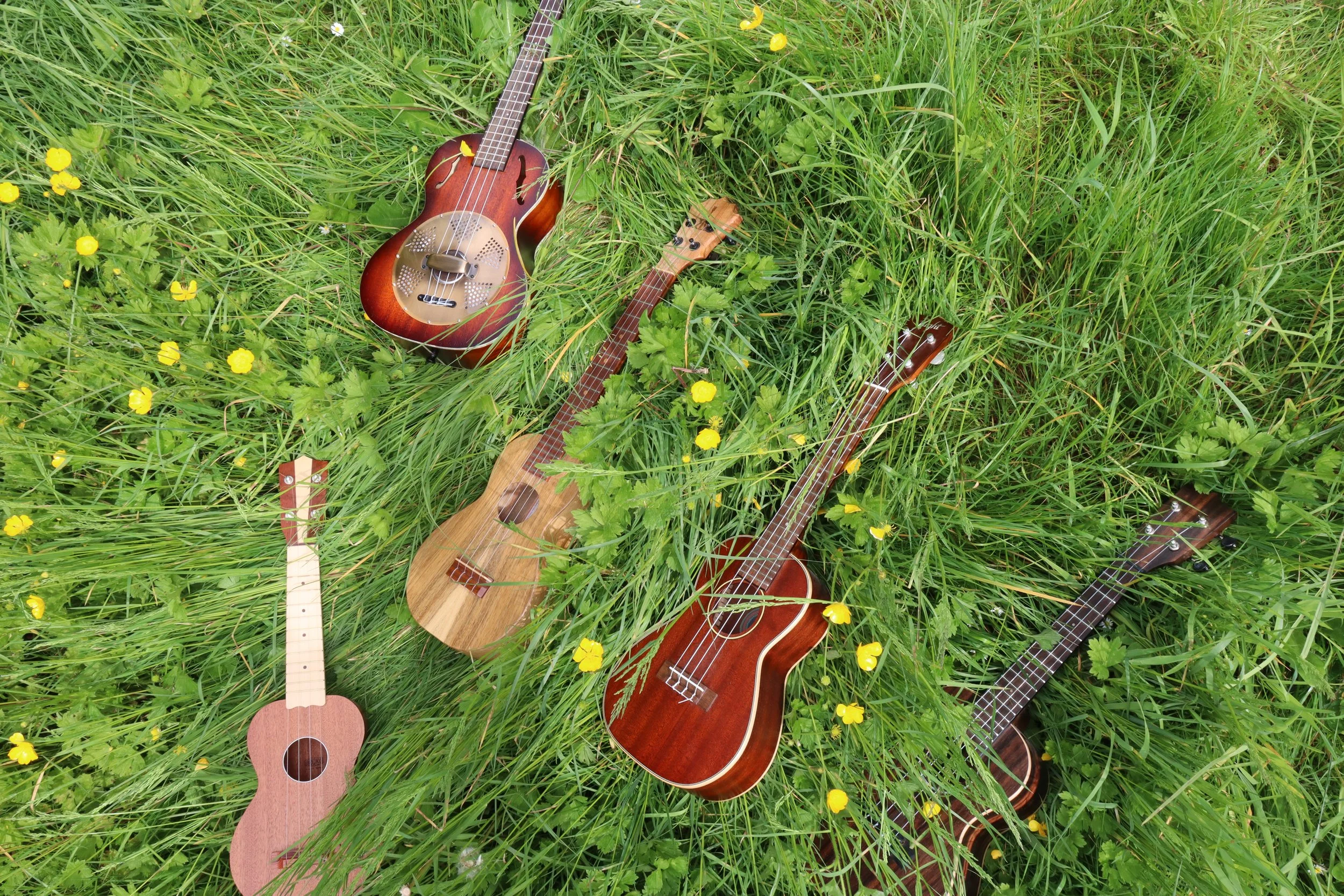
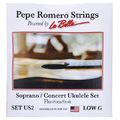
 Pepe Romero U2-S Concert/Soprano StringSet
Pepe Romero U2-S Concert/Soprano StringSet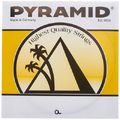
 Pyramid 689/3 Domra Tenor Strings
Pyramid 689/3 Domra Tenor Strings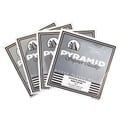

 Fender 90C Concert Ukulele Strings
Fender 90C Concert Ukulele Strings

 Harley Benton Parts Classical Guitar Nut
Harley Benton Parts Classical Guitar Nut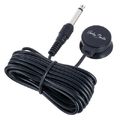
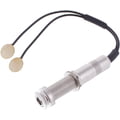
 K&K Aloha Twin
K&K Aloha Twin
 Proco Rat 2 Distortion
Proco Rat 2 Distortion
 Nux B-8 Wireless-System Git/Bass
Nux B-8 Wireless-System Git/Bass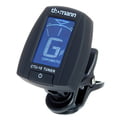
 Thomann CTU-10 Ukulele Clip Tuner
Thomann CTU-10 Ukulele Clip Tuner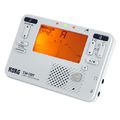
 Korg TM-70T White
Korg TM-70T White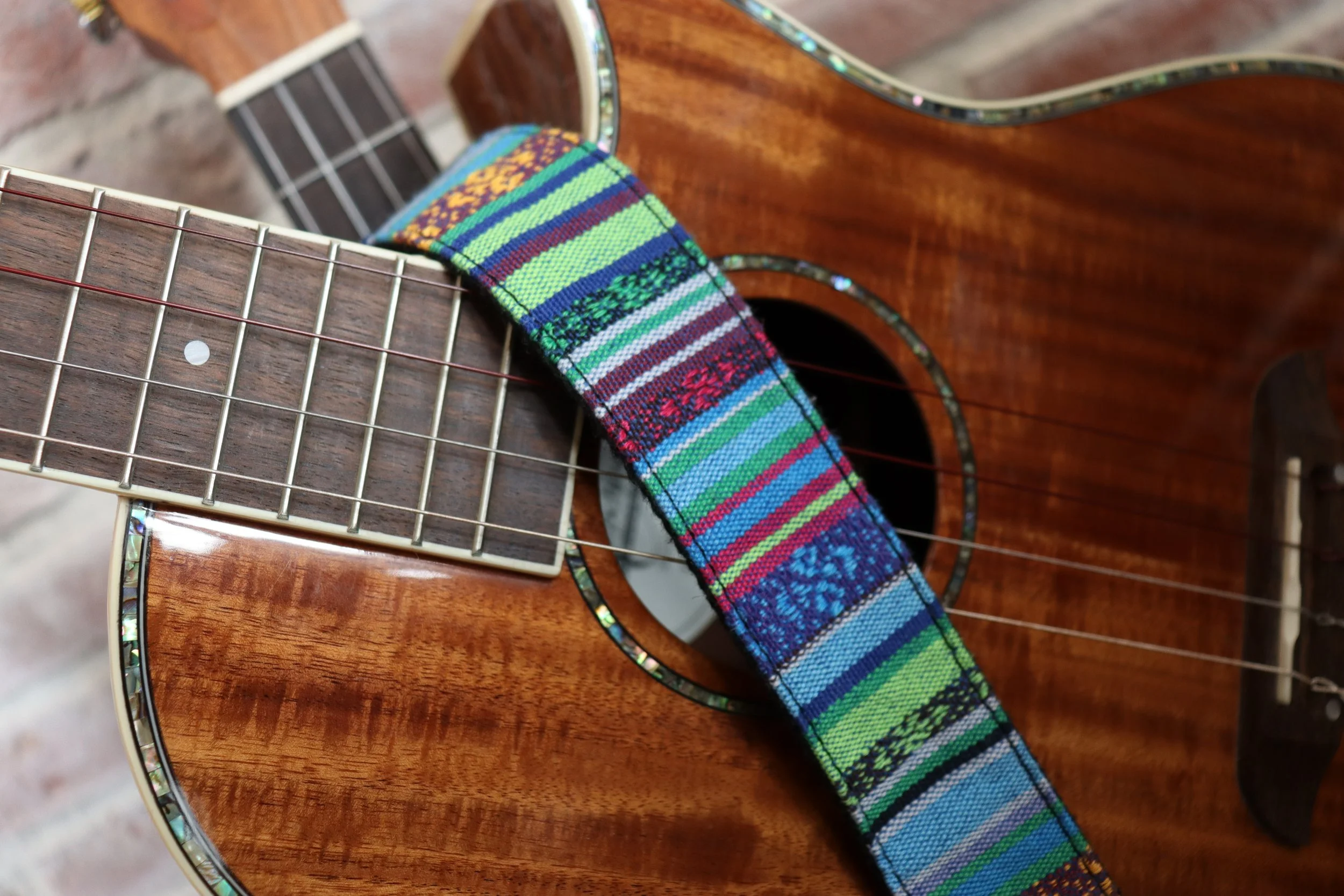

 Lead Foot FS-2
Lead Foot FS-2
 Hotone FS-1 Ampero Switch
Hotone FS-1 Ampero Switch
 Behringer FX2000 3D FX Processor
Behringer FX2000 3D FX Processor
 Line6 Helix Guitar Processor
Line6 Helix Guitar Processor
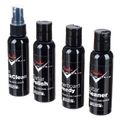
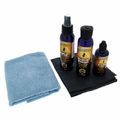
 MusicNomad Premium Guitar Care Kit
MusicNomad Premium Guitar Care Kit
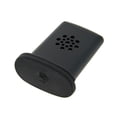
 Daddario UHP Ukulele Humidifier Pro
Daddario UHP Ukulele Humidifier Pro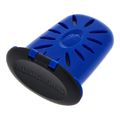
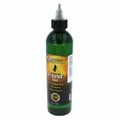
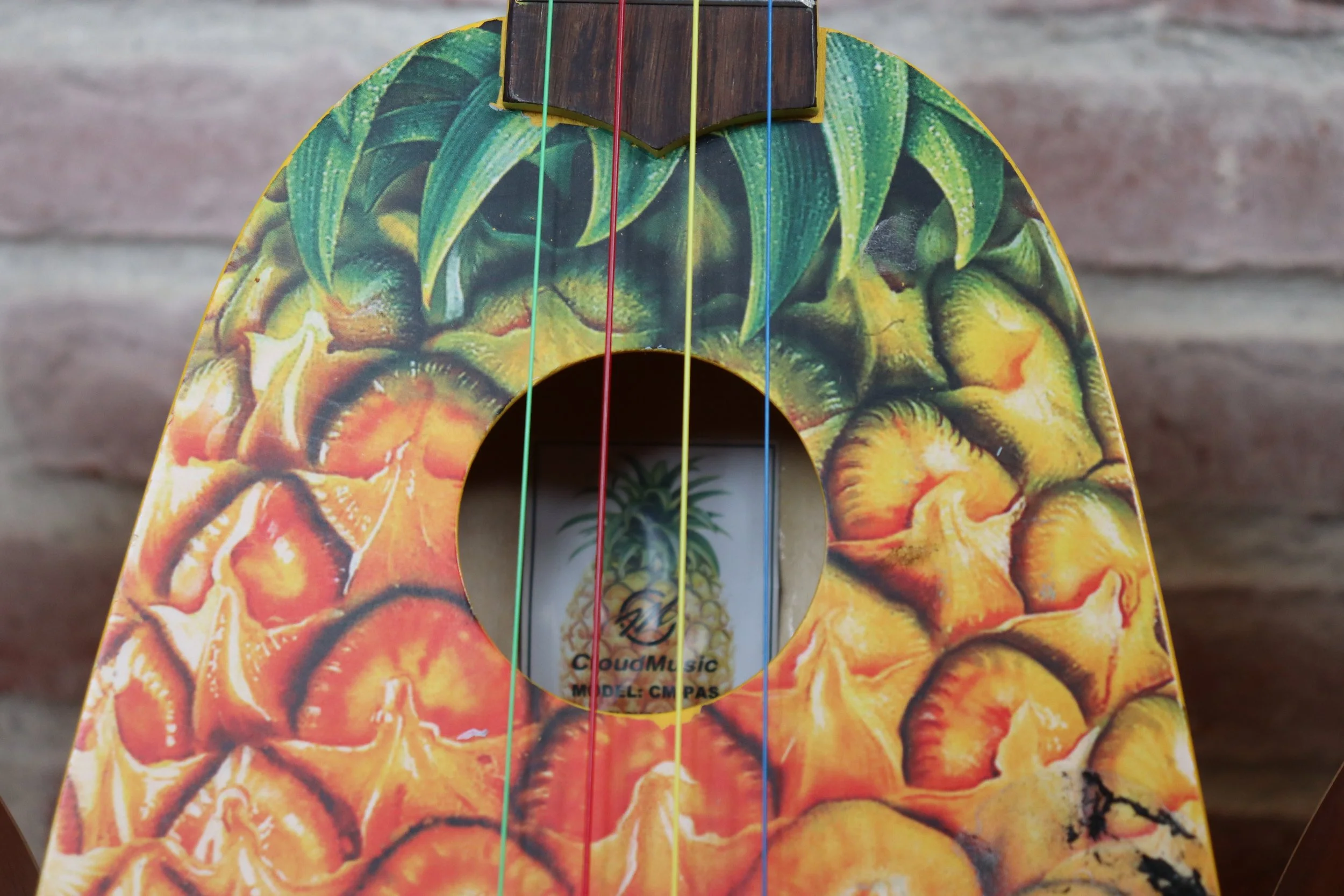


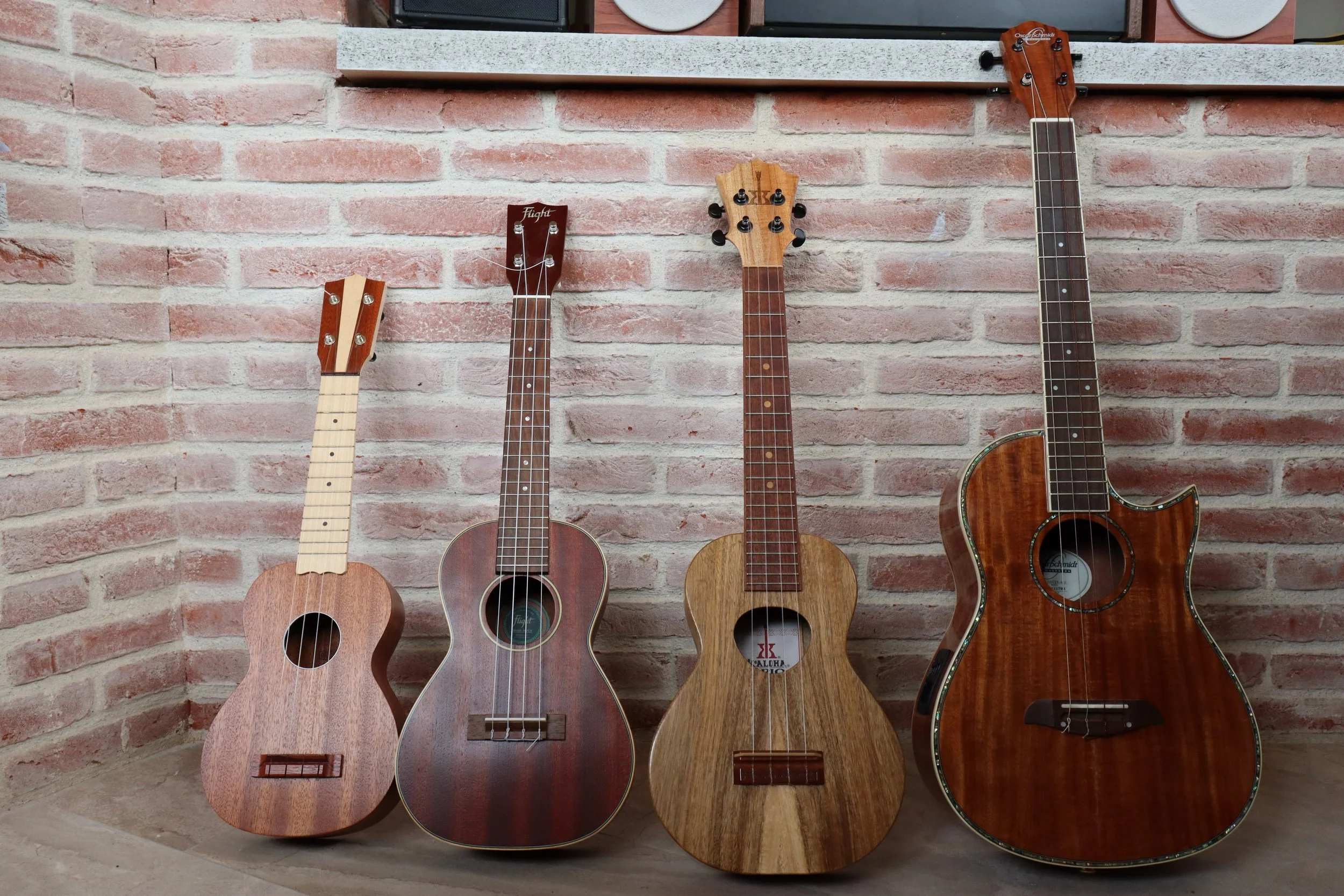
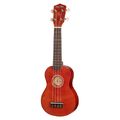
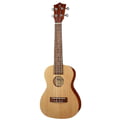
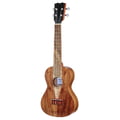

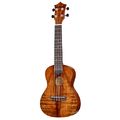
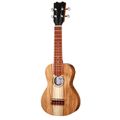
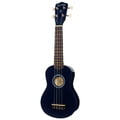
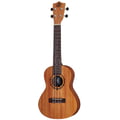
 Bumblebee Ukuleles BUC23 Concert Natural
Bumblebee Ukuleles BUC23 Concert Natural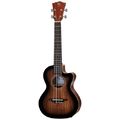
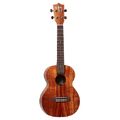
 Kamaka Tenor HF-3
Kamaka Tenor HF-3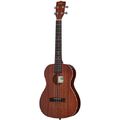
 Kala KA-B Satin Mahogany Baritone
Kala KA-B Satin Mahogany Baritone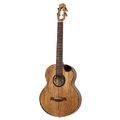
 Flight Fireball EQ-A Baritone Ukulele
Flight Fireball EQ-A Baritone Ukulele